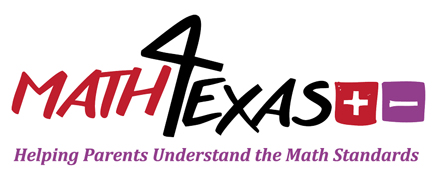In Kindergarten
-
In Kindergarten, students counted a set of objects up to 20, instantly recognized numbers in a variety of arrangements, and read, wrote, and represented numbers up to 20 with and without objects.Students also used comparative language to describe two numbers, two sets of objects, and generated a set using concrete and pictorial models to represent numbers that are more than, less than, or equal to a given number.Students also composed and decomposed numbers up to 10 with objects and pictures, counted forward and backwards to at least 20 with and without objects, and recite numbers to at least 100 by ones and tens beginning with any given number.
In First Grade
-
Students in first grade instantly recognize structured arrangements, skip count by twos, fives, and tens to 120, and determine 10 more and 10 less of a given number.Students also compare numbers to 120 using place value, open number lines, comparative language, and use concrete and pictorial models to compose and decompose numbers to 120 in more than one way.Students compare numbers to 100 using symbols.
In Second Grade
-
In second grade, students will compose and decompose numbers to 1,200 using concrete and pictorial models in more than one way, generate a number that is greater or less than a given number, and locate a given number on a open number line.Students will also use standard, word, and expanded forms to represent numbers to 1,200, and use comparative language, numbers, and symbols to compare and order numbers to 1,200.







